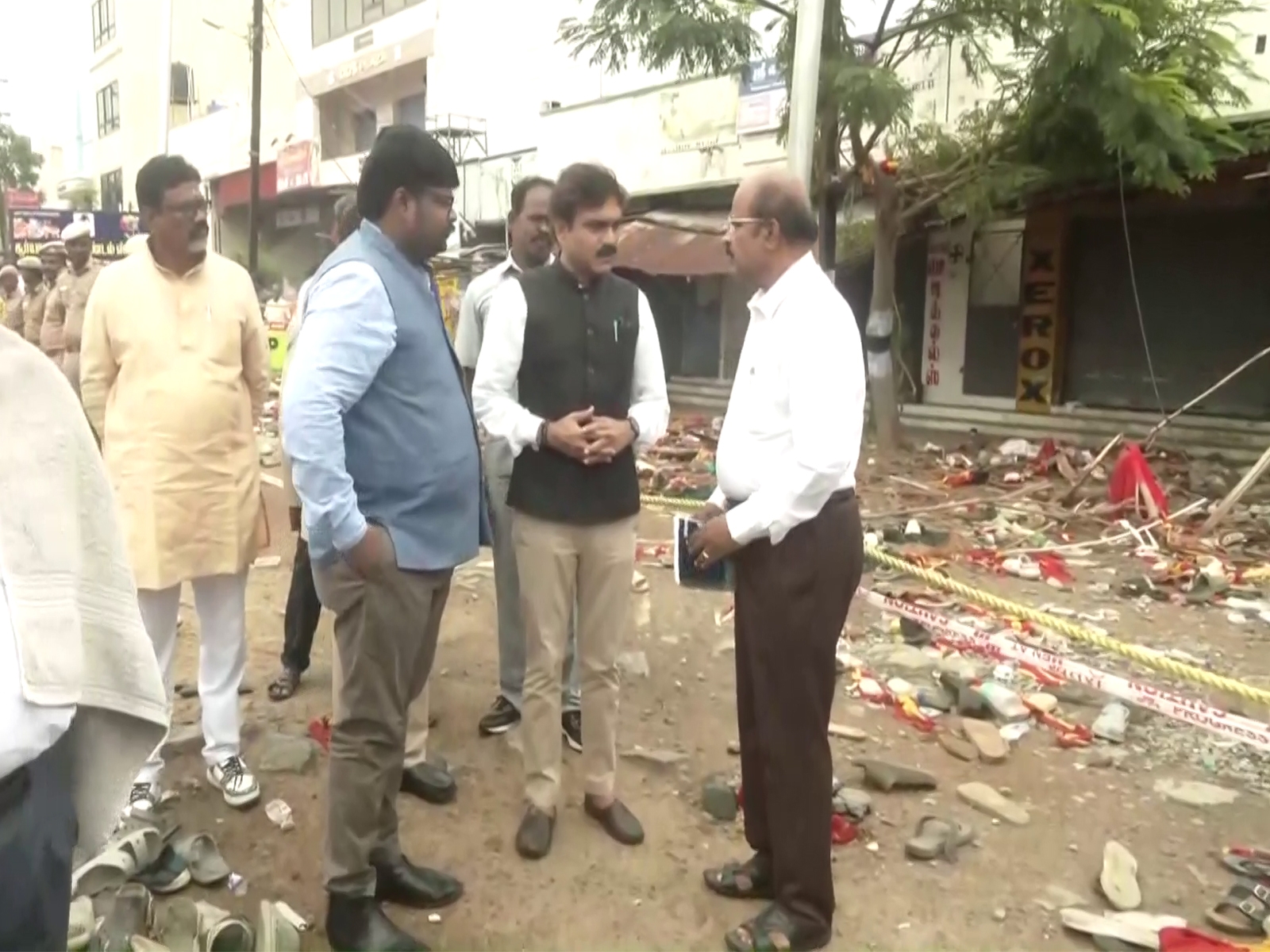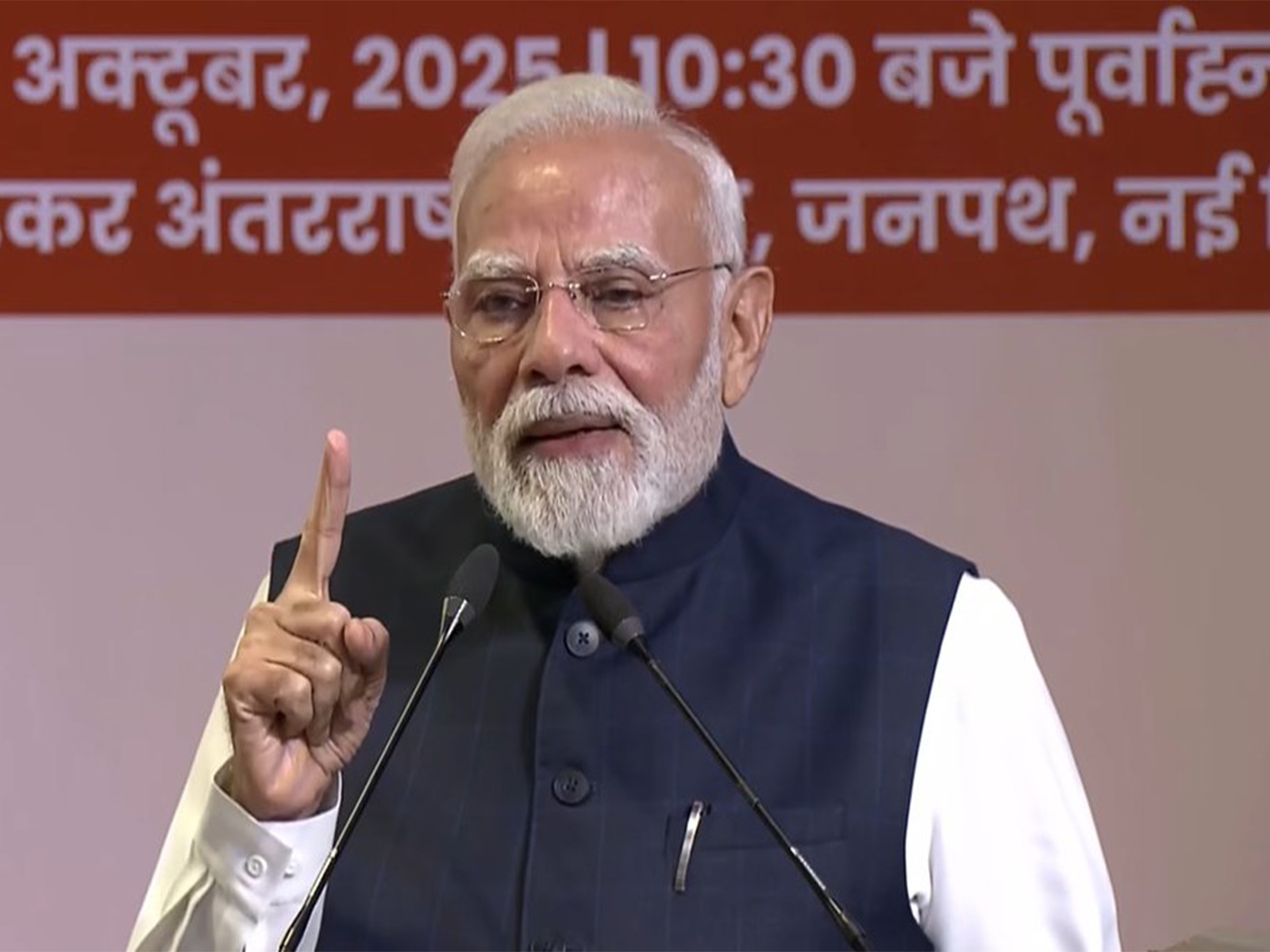India’s economy in a shambles. Govt must come out of denial mode
_83351_730x419-m.jpg)
Former finance minister Yashwant Sinha kicked up a storm with his article slamming the NDA government’s handling of the economy. The government, predictably, dismissed his criticism. But what is the true picture?
Is the Indian economy facing real headwinds? Or there is some unjustified propaganda by the Opposition that is being fed to the public? The Narendra Modi government has so far defended and even celebrated the state of the Indian economy - calling criticism of the government's economic policies as coming from those who do not understand the technicalities of economics. In such a scenario, a cursory glance at a few economic indicators should clear the air.
• GDP growth for the April-June quarter for fiscal 2017-18 dropped to 5.7% per cent, as against 7.9% in the same period last year.
• Mining and quarrying contracted 0.7%, after growing 6.4% in the previous quarter.
• The Index of Industrial Production rose by a mere 1.2% in July 2017, compared with 4.5% in July 2016. The cumulative growth rate of factory output was just 1.7% (April-July).
• Gross fixed capital formation, a metric that tells how much companies are investing in the economy, grew by just 1.6% in April-June quarter in FY18 compared to 7.4% in the same quarter last year.
• Reserve Bank of India’s finance stability report predicts that Gross Non-performing Assets of scheduled commercial banks may rise from 9.6% in March 2017 to 10.2% by March 2018.
• Government estimates Kharif food output to drop by 2.8% to 134.67 mt
It is clear that the economic indicators do not tell a good story about the Indian economy. India grew at 7.9% in 2015-16 and Finance Minister Arun Jaitley was aiming at 9-10% growth as a new normal. India was the poster-boy of world investors and taking over China looked possible over the next decade.
But then, PM Modi announced demonetisation. This rendered 86% of the currency in circulation - more than Rs 15 lakh crore - useless. That happened at the beginning of the Rabi crop season, hitting the farm sector and its dependents hard. Since 90% of the Indian economy runs on cash, it was a serious blow for the small scale industries, small retailers and service providers as well.
Unfortunately, the blow of demonetisation coalesced with the coming of the Goods and Services Tax (GST). While the idea of “one country, one tax” was good in theory, its implementation on the ground has been messy. Industries are facing working capital shortage, which is hampering their production capacity.
The government wants to believe that the worst is over. And the economy can only grow from here. But is that really so?
Pronab Sen, former chief statistician of India, says, “Whatever numbers we have are from the organised sector. Our GDP is calculated on the basis of numbers we get from the organised sector, while we assume the numbers on behalf of informal sector. When the real data comes in for the informal sector by next year, it is quite possible that the government will have to revise growth numbers downwards”.
There is also concern about rural demand.
India’s largest consumer packaged goods firm Hindustan Unilever Ltd (HUL) said rural demand is yet to recover from the impact of demonetisation.
A report published on September 27 in Mint newspaper said “In an investor presentation made to the Arisaig Consumer Symposium, HUL chief executive Sanjiv Mehta said that in 2016-17, growth in rural markets lagged that in urban ones for the first time since 2011-12.”
“There’s also been a steady fall in consumer sentiment since 2011-12,” the presentation said, citing data from researcher Nielsen, the report said.
If the rural consumer sentiment is not upbeat, consider prospects of a fall in Kharif production due to uneven rains in the country. The scenario looks terrible.
Madan Sabnavis, chief economist, of Care Ratings believes that there are still one or two quarters left for the economy. “There is a fear on the side of inflation which is beginning to go up, and if there is a decline in farm output, it will bring an end to the interest rate decline cycle, further squeezing the corporate sector. In the best scenario, we should grow by 7% -7.1% this fiscal, and in worst scenario, growth may fall to 6.5%,” says Sabnavis.
No jobs, no expenditure, a vicious cycle.
Low private sector investments are impacting job creation in the economy, leaving majority of new job seekers, jobless. And then, there are those in their mid careers working in vulnerable sectors like Information Technology, Banking and Telecom. A majority of them are living with the fear of losing jobs- as their companies take to automation.
When a large chunk of the working age population is concerned about next month's salary, the consumption is impacted. It creates a vicious cycle, of low consumption by people that lead to lower profits by companies and lower investment rates by the corporate sector.
A CMIE report published earlier this month emphasised the impact of low consumer demand. It said:
“We know from CMIE’s Consumer Pyramids Household Survey that consumer sentiments have been low and they have been falling. The index fell from around 100 (base: 100 in September-December 2015) in April and May this year to around 96 in June and July. In August the index fell to 94.5.
If demand growth is muted and consumer sentiments are low then prospects of a revival in demand during the ensuing festive season are not high.
Transitory disruptions caused by GST only add to the hurdles to a revival. But, neither GST nor de-stocking is the main cause for the fall in the growth in manufacturing GVA.
The main problem is a secular decline in the growth rate since its recent peak in December 2015. This declining trend was only exacerbated by the supply-chain disruptions caused by demonetisation and the initial confusions in the introduction of GST.”
It is not difficult to see that the economy is in a dire state and requires some serious thinking on the part of the government to set things right. But for that to happen, the government must accept that there is a problem.
First published: 27 September 2017, 22:42 IST






![BJP's Kapil Mishra recreates Shankar Mahadevan’s ‘Breathless’ song to highlight Delhi pollution [WATCH] BJP's Kapil Mishra recreates Shankar Mahadevan’s ‘Breathless’ song to highlight Delhi pollution [WATCH]](https://images.catchnews.com/upload/2022/11/03/kapil-mishra_240884_300x172.png)

![Anupam Kher shares pictures of his toned body on 67th birthday [MUST SEE] Anupam Kher shares pictures of his toned body on 67th birthday [MUST SEE]](https://images.catchnews.com/upload/2022/03/07/Anupam_kher_231145_300x172.jpg)






